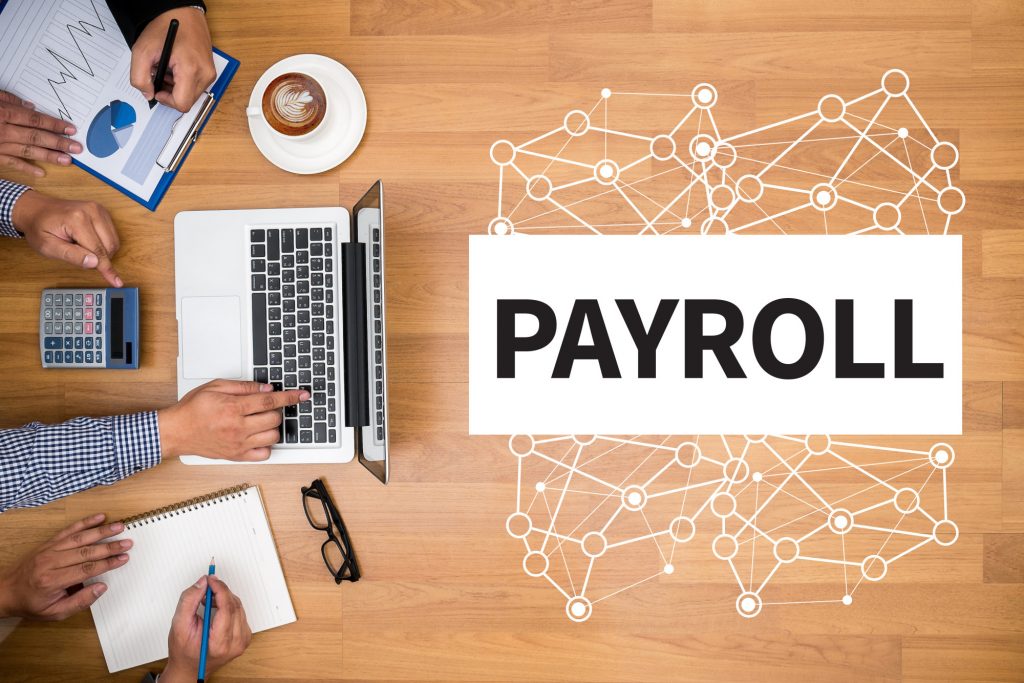Protect Employee Payroll and Other Tips For Your Small Business
Small businesses are the backbone of the United States employing about 59 million people. As a small business owner then you might want to know how to protect employee payroll along with other tips for your business.
While it might seem overwhelming to keep everything organized for your business, there’s hope. This article will take a look at the top tips to protect your employee’s information when it comes to payroll. Read on to explore these tips and ensure that employee payroll is protected today.
Why Does Your Business Need Payroll?
When exploring this process, you might wonder if your small business even needs employee payroll. It’s a way to protect your employee’s benefits and maintain the overall satisfaction of your employees. Also, you have to comply with different payroll tax requirements and labor laws.
What’s Included
In a payroll system, you’ll have the wages, benefits, withholdings, time tracking, and other important features. Certain payroll systems will deduct an employee’s benefits from their paycheck so you don’t have to.
They’ll also calculate the gross wages by taking the number of hours plus the hourly rate. For those who are salaried, it’ll be calculated by the number of pay periods.
1. Tax Withholding
It’s important to understand your requirements when it comes to tax withholding for your business. Certain requirements have changed with many employees working from home currently. You’ll want to make sure that you’re remaining compliant with the state tax agencies and IRS.
You’ll need to withhold federal taxes for your employees. Many states will also have state taxes which you’ll need to withhold as well.
If you’re all working at the same location then payroll funding is much easier. Remote work makes understanding tax withholding more complicated for many businesses.
2. Managing Payroll
You’ll need to manage FICA, federal income taxes, FUTA, and other tax considerations. Each person will be taxed differently and it’ll be determined by their income.
As an employer, you pay the FUTA taxes. If your state receives a tax credit then your FUTA payment might vary.
You’ll need to determine other taxes such as worker’s compensation, disability insurance, and others. State unemployment insurance might be a factor as well.
3. Understanding Worker’s Compensation
For remote workers, you’ll still need worker’s compensation. Even if an employee is injured at home they still might fall under your insurance.
This is due to them working in their home office which is still considered part of your business. If the illness or injury is related to work then it can fall under worker’s compensation.
4. Training
From weak passwords allowing hackers in to not getting up and stretching leading to more injuries, training is necessary. Even if your employees are remote, you’ll want to have scheduled training sessions virtually.
When they’re on your network from their home, it can cause more concerns for the security of your system. Train them on creating strong passwords and changing them with time.
Remind them to never click on anything in an email or other site. Go over what sites are safe to go onto and are related to their work.
Also, teaching them to stretch throughout the day is just as important. Sitting at a desk all day can increase their risk of injury. Encourage them to get up and go for walks throughout the day on their breaks.
5. Employee Incentives
Incentive programs can help to boost morale overall. These can include wellness programs, company events, flex time, and corporate memberships.
6. Use Employee Handbooks
Have a handbook that you update regularly in order to keep up-to-date with different laws and requirements. This will give your employees an option to reference the handbook if they have a question or concern.
7. Choosing a Person To Do Payroll
Mistakes are common, it’s a good idea to hire someone who can control your payroll for you and give you more time for your business. Payroll on your own can be a full-time job if you don’t hire someone to perform it.
They can help to make sure that your business is paying all of the required taxes, processing payroll, answering questions that employees have in regards to payroll, etc. Make sure that they’re keeping track of deadlines and tax payments.
Also, make sure that they’re categorizing each employee properly. Consider a payroll software solution whether or not you hire someone to manage your payroll.
8. Required Benefits
There are different employee benefits that can change over time. First, unemployment insurance varies state by state.
Look into your requirements for worker’s compensation and whether your employees are in the office or working remotely. Disability pay is a requirement in certain states, double-check to see if your state falls under this.
9. Use Payroll Schedules
Decide how often you’ll be paying your employees. Many states do a bi-weekly option.
Determine if your state has a requirement for the minimum amount of time that goes by that you’ll need to pay them. You’ll also need to decide whether you’ll be paying them through direct deposit, paper check, etc.
Protect Employees With Employee Payroll Funding
After exploring this guide you should have a better idea of how to protect employees with employee payroll funding. Take your time deciding which policies you’ll be enacting and following moving forward.
Would you like to read more informative guides and how-tos? We can help!
For everything from educational guides to easy-to-follow how-tos, we have you covered. Check out our other articles on our site today.

